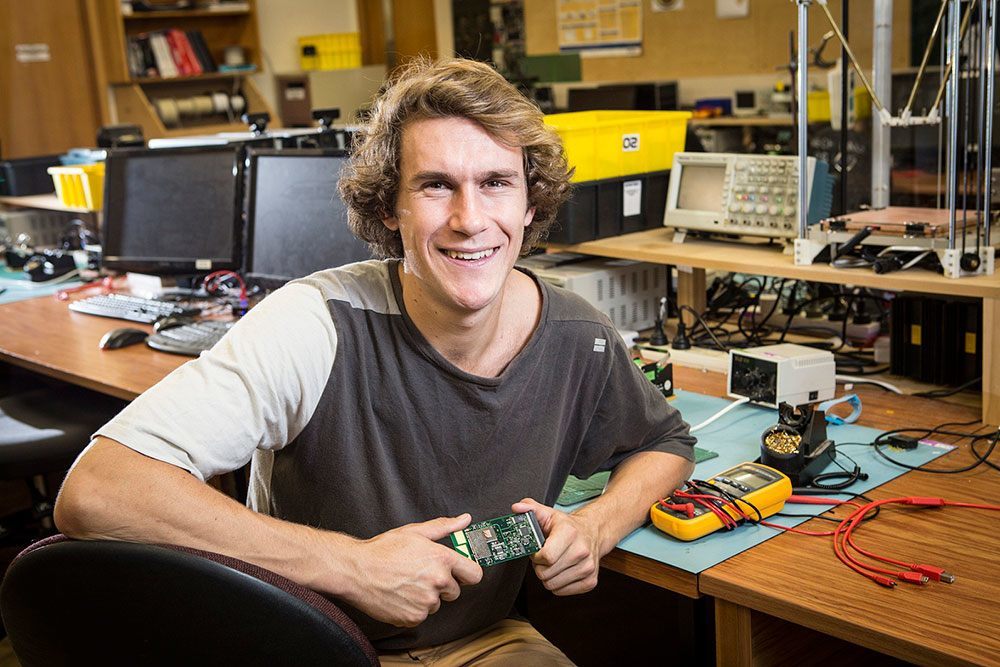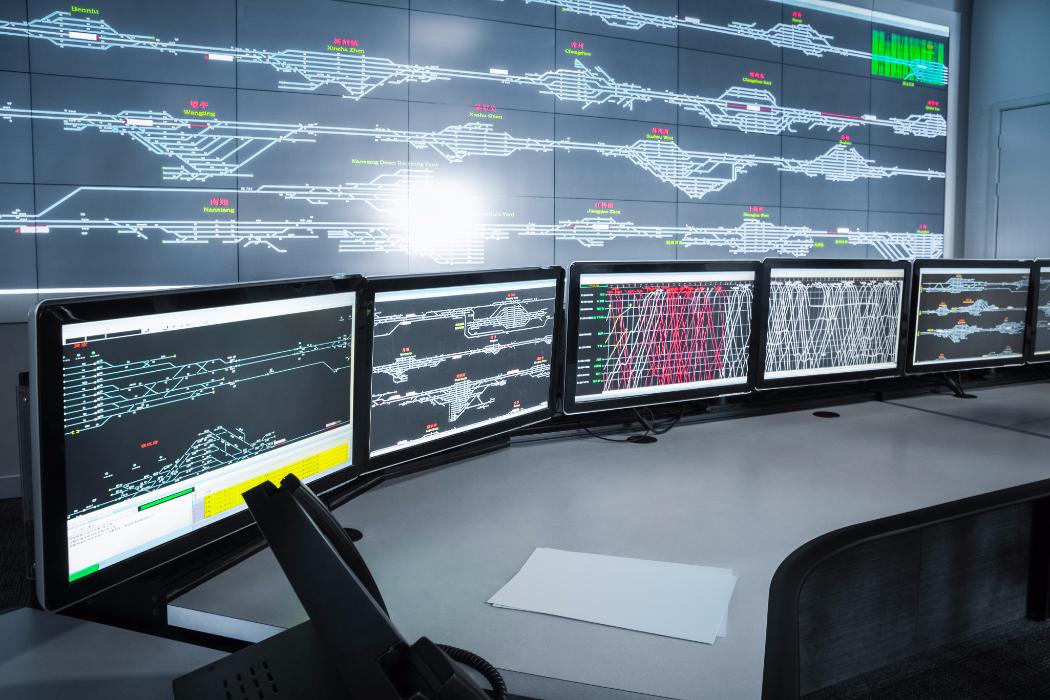Courses
The first year of the Bachelor of Engineering with Honours is made up of six compulsory courses taken by all Engineering students, plus courses specific to Mechatronics Engineering:
You also need to complete two other 100-level elective courses. Check with a Student Advisor for suggested options.
More information:
2nd–4th years
Once you have completed the first year and successfully applied for entry into Mechatronics Engineering, you will study that discipline within the next three years.
At UC, special emphasis is placed on project-based learning that integrates mechanical, electronic, and computer engineering skills in each year. In the final year, all students complete a design and research project, which typically are real-life engineering projects offered by industry partners. This unique project approach gives our students an employability advantage at graduation.
Second year
Third year
Plus one course chosen from the electives list, or any approved 300-level Engineering courses.
Fourth year
Plus four courses chosen from the electives list, or any approved 400-level Engineering courses.










